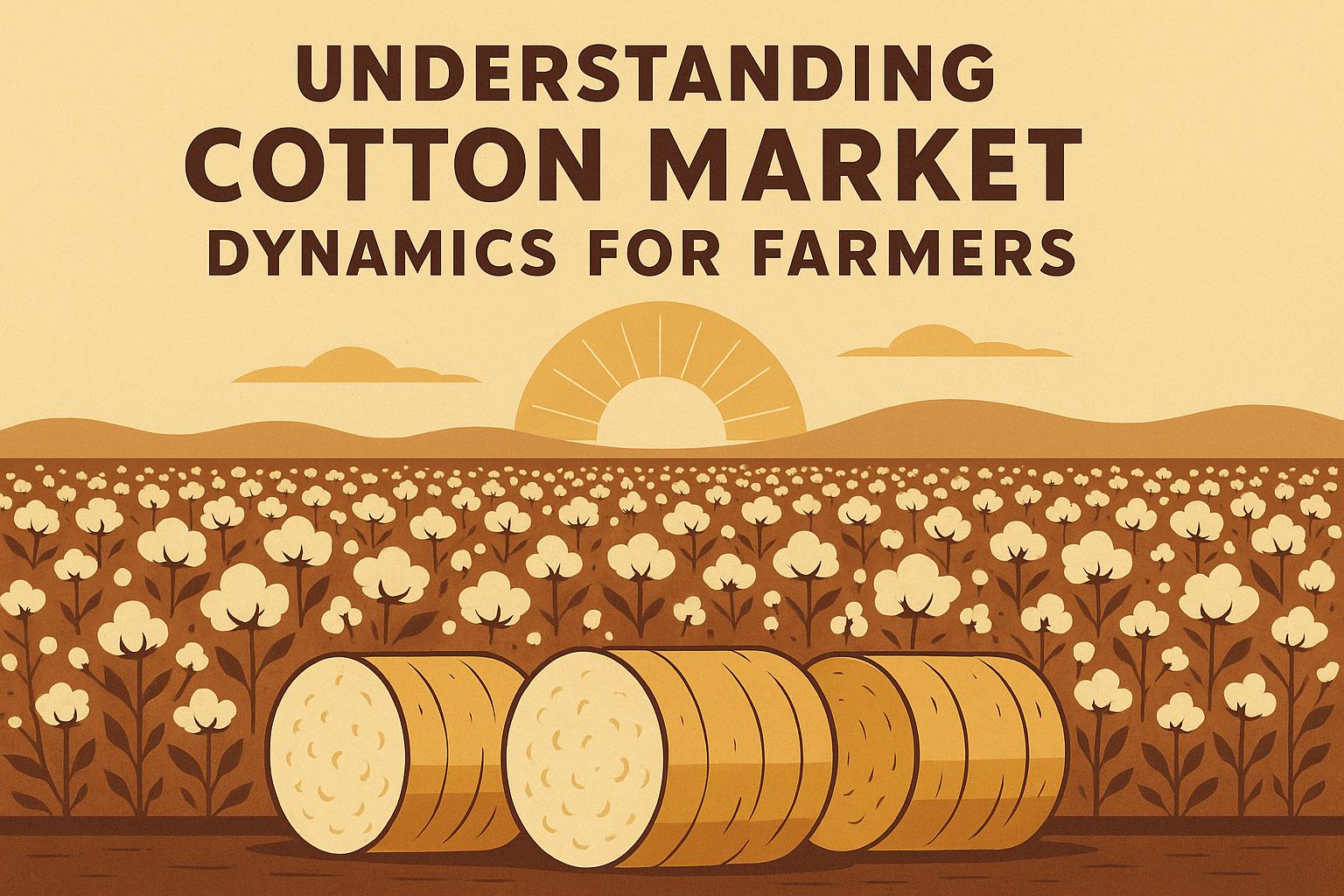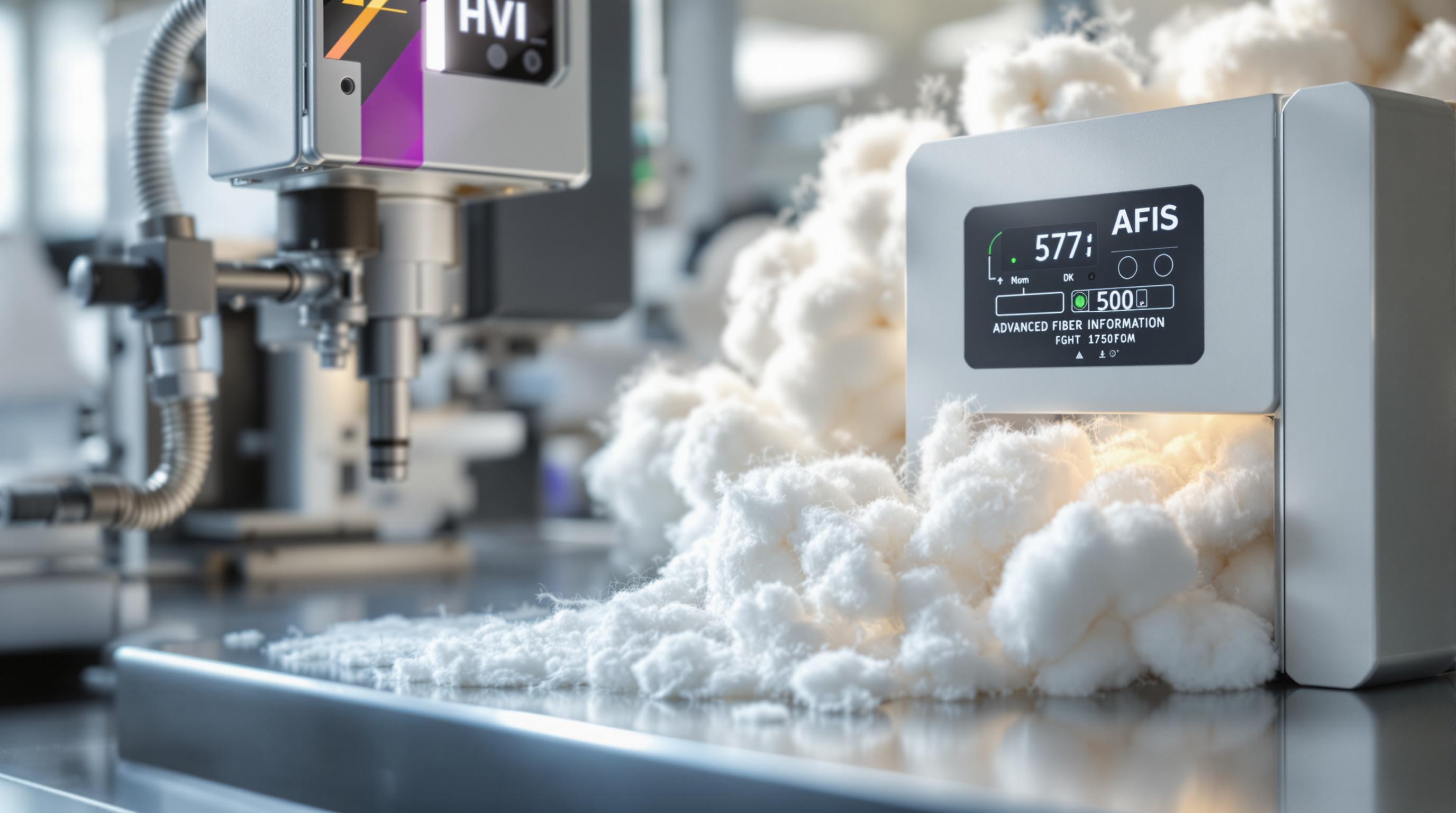In the relentless push for every boll in a 1,200-lb/acre system, where early vigor can mean the difference between a 15% yield bump or watching stands thin under aphid pressure, dialing in starter fertilizer for cotton emerges as a non-negotiable tactic for veterans chasing micronaire premiums and reduced sidedress risks. Seasoned growers, who've fine-tuned VRA maps across loamy deltas and sandy plains alike, recognize that blanket NPK dumps often waste 20-30% on leaching or volatilization, but targeted starter fertilizer for cotton—banded at 2x4 inches with 10-20 lbs P2O5—spurs root proliferation by 25-35%, anchoring against erratic springs without inflating budgets beyond $15-25/acre. Backed by longstanding extension trials showing 5-10 bu/acre uplifts in low-fertility starters, these starter fertilizer for cotton protocols integrate seamlessly with your rotation legacies, minimizing luxury uptake while fortifying against Fusarium hotspots. Far from a silver bullet, it's about precision: Soil tests pegging Olsen P below 20 ppm scream for it, yet overzealous apps court tie-ups in high-pH calcaresous. This guide unpacks rates calibrated to textures, placement hacks for strip-till rigs, and ROI models that stack against your IPM ledger, empowering you to reclaim $40-60/acre in efficiencies. Cross-reference our nutrient management strategies for cotton farming post for full-season synergies in your fertility playbook.
Understanding the Role of Starter Fertilizer in Cotton Establishment
Starter fertilizer for cotton targets the critical 0-30 day window when seedlings scramble for phosphorus amid cool soils retarding uptake—rates as low as 5 ppm available P can stall emergence 3-5 days, per agronomic benchmarks, inviting weed escapes or thrips thresholds. Unlike broadcast preps that dilute to trace levels, starters deliver a concentrated pop, enhancing ATP synthesis for 20-30% faster nodal development and lateral root density, which in turn buffers against transient droughts that clip potentials by 10-15%.
In rotation-heavy setups, where wheat stubble ties up residuals, starter fertilizer for cotton compensates for stratification, especially in no-till where surface P fixates with Fe/Mn oxides. Regional quirks matter: Delta clays demand Zn inclusions at 0.5-1 lb/acre to counter immobility, while Texas High Plains volcanics favor liquid 10-34-0 over granular DAP to sidestep salt index spikes above 200. Extension validations underscore: Fields skipping it on marginal tests average 8-12% lower first-position bolls, underscoring starter fertilizer for cotton as a foundational insurance for your 1,100-lb baseline.
Soil Testing and Thresholds: When to Pull the Trigger on Starters
Precision starts with assays—composite 0-6 inch cores run for Bray-1 P, Mehlich-3 for S/Co deficiencies, and EC to flag salinity synergies that amplify lockups. Thresholds for starter fertilizer for cotton: Apply if Olsen P <15 ppm in sands or <25 in clays; skip on >40 where luxury consumption risks micronaire bloat above 4.6. Factor CEC: Low <10 meq/100g soils leach aggressively, warranting 15-20% rate hikes.
Incorporate tissue tests at V3 for confirmation—leaf P below 0.25% flags mid-season corrections, but starter fertilizer for cotton preempts by 70-80%. For organics, rely on Mehlich-3 K equivalents from composts, blending with your cover crop residuals for a 10-15 lb N credit. These diagnostics in starter fertilizer for cotton protocols avert $20-30/acre sunk costs, aligning apps to your grid-sampled variabilities.
Recommended Rates: Balancing Nutrition Without Overkill
Calibrating starter fertilizer for cotton rates hinges on hybrid vigor and prior draws—standard 10-20-10 blends at 100-200 lbs/acre supply 10-20 lbs N, 20-40 P2O5, 10-20 K2O, but scale to 75% for high-residue to curb residue interference. Phosphorus leads: 20 lbs P2O5 boosts early biomass 15-25% in trials, yet cap at 30 to dodge environmental runoff regs under 590 thresholds.
Nitrogen in starters? Minimal 5-10 lbs to spark without burn—excess volatilizes 30% as urea in alkaline >7.5 pH. Micron blends shine: Add 1 lb ZnSO4 for calcareous, where deficiencies hit 40% of stands. For veterans, variable-rate scripts via Veris EC maps dose 20% lighter on high-fertility zones, netting 12-18% ROI via yield parity. These measured starter fertilizer for cotton rates fortify without fallout, targeting your 1,200-lb sweet spot.
- Low-Fertility Sands: 150-200 lbs 10-20-10; expect 8-12% emergence lift.
- Medium Clays: 100-150 lbs 10-34-0 liquid; prioritize placement over rate.
- High-Residue No-Till: 75-100 lbs with Zn/Mo; monitor for tie-up via petiole tests.
- Pro Tip: Trial split-apps—half at plant, half at cotyledon—for 5-7% finer tuning.
Placement Techniques: Getting It Where It Counts
Surface broadcasting wastes 40-50% to fixation, so starter fertilizer for cotton demands subsurface delivery—2x2 inch bands at 2-inch depth via opener shoe maximize contact, spiking uptake 30-40% over 4x4 scatters. In strip-till, align with berm cores for 20% better lateral access; conventional beds favor in-furrow at 45° angles to shield from ammonia spikes.
Liquid carriers like 10-34-0 via streamer bars cut dust and enhance uniformity, ideal for air planters where granules bounce. Depth precision: Shallower 1-inch in >60°F soils for quick draw; deeper 3-inch in chills to buffer cold-induced lockups. For wide-bed configs, zigzag patterns ensure 90% row coverage. These starter fertilizer for cotton placements convert theory to tonnage, reclaiming 50-75 lbs/acre in preserved vigor.
Formulation Choices: Granular, Liquid, or Blended for Your Rig
Granular DAP (18-46-0) packs punch for dryland but salts out at >150 lbs, suiting planters with good metering; liquids like APP (11-37-0) flow seamlessly in VRA booms, minimizing skips on 30-inch rows. Starter fertilizer for cotton blends—e.g., 9-18-9 with S/Zn—tailor to your pathology: Add 5% ortho-poly ratio for calcaresous to counter sorption.
Cost calculus: Granular $0.25/lb P2O5 vs. liquid $0.35, but liquidity shaves 10-15% labor on retrofits. For Bt stacks, low-N formulas prevent rank growth inviting lygus. Veterans spec per rig: John Deere 1590 favors liquids; Case IH AFS granulars. Selecting starter fertilizer for cotton formulations aligns with your fleet, optimizing at 3:1 ROI.
| Formulation | P2O5 Content | Placement Fit | Cost per lb P | Best For |
|---|---|---|---|---|
| Granular DAP | 46% | In-furrow band | $0.22-0.28 | Dryland conventional |
| Liquid 10-34-0 | 34% | Streamer bar | $0.30-0.38 | VRA strip-till |
| Blended 10-20-10 + micros | 20% | 2x2 opener | $0.25-0.32 | High-pH sands |
| Poly-ortho mixes | 37% | Deep band | $0.28-0.35 | Calcareous clays |
Integration with Crop Rotations and Residue Management
In wheat-cotton cycles, starter fertilizer for cotton offsets 20-30 lb P immobilization from chaff—pair with rye covers for 10 lb N mineralization, but assay for stratification post-termination. Legume precedents like peanuts leave 15-25 ppm residuals, dialing rates 20% lower; continuous cotton? Ramp to full for cumulative draws.
Residue impacts: >4 tons/acre wheat ties up 15%—opt for polymer-coated to slow release. These rotations in starter fertilizer for cotton enhance synergies, boosting overall NUE by 15-20%.
Monitoring and Adjustments: From Plant to Squaring
Scout V1-V4 for chlorosis—SPAD readings <35 flag P stress, prompting foliar 1-2% MAP at 1 gal/acre. Petiole NO3 tests at pinhead square validate—below 2,500 ppm cues sidedress. Starter fertilizer for cotton efficacy tracks via yield maps, correlating hot spots to apps for next-cycle refinements. Drones spotting vigor gradients enable spot-ups, salvaging 5-8% in laggards.
Link to our improving soil health in cotton farming post for residue-fertility ties.
Economic Analysis: Calculating True ROI on Starter Investments
Starter fertilizer for cotton pencils out at $12-22/acre upfront, but trials peg 4-6:1 returns via 75-150 lb yield gains at $0.75/lb—net $45-90 after offsets. Breakeven: 50 lb response on P<15 ppm; sensitivity models show 10% moisture dips amplify needs, hiking ROI to 7:1.
Factor intangibles: 5-7% boll retention lifts from robust roots, dodging $20/acre defoliant overruns. For 500-acre ops, aggregate $20k-40k preserved. These starter fertilizer for cotton economics justify via your custom spreadsheets, targeting >15% margins.
- Yield Response Model: Base + (Rate x Efficiency Factor) - Leaching Loss; e.g., 20 lb P x 0.75 = 15 lb utilized.
- Sensitivity to Price: At $1/lb lint, threshold drops 20%; monitor futures for pivots.
- Long-Term: 3-year averages yield 12% fertility credits, compounding savings.
Common Pitfalls and Mitigation: Avoiding Starter Setbacks
Burn risks peak with >30 lbs N in-furrow—mitigate via 50/50 splits or low-salt MAP. Tie-ups in pH>7.5? Buffer with lime at 1 ton/5 pH units pre-bed. Over-apps on high tests waste 25%—cap via GPS exclusions. Starter fertilizer for cotton pitfalls dodged through scouting keep your stands bulletproof.
Emerging Innovations: Fine-Tuning with Tech and Biostims
Sensor-driven auto-applies via John Deere G5 sync rates to real-time EC, cutting variance 40%. Biostims like humics at 1 qt/acre boost P solubilization 15-20%, stacking with starters for organics. These frontiers in starter fertilizer for cotton propel efficiencies, eyeing 1,300-lb horizons.
In sum, honing starter fertilizer for cotton unlocks early edges that cascade through harvest—test thresholds rigorously, place precisely, and model ROIs annually. Actionables: Run a zone trial this cycle, log petioles weekly, and benchmark against co-op averages. What's your go-to starter blend?


